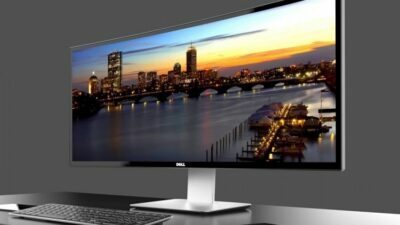3D printers have captured the mindset of the people and their quest for something new and advanced. The thought process of accepting something that can produce life like structures with few clicks of buttons is a scientific marvel on its own. Over the years scientists and developers worked hard and tried to make something so significant in the way things would be manufactured in the future. This technology holds a lot of potential and it would make a significant difference in how things will be made.
The product after 3D printing
You could get the exact size of the model that you set out to print or print a little oversized version and using a higher resolution for the subtractive process for getting the required size. There are number of possibilities that you can try out on the desired object, such as
- You can have strain stepping effect for curved or tilted surfaces.
- There is chance to smoothen the surfaces by chemical vapour process.
- There is a scope to use multiple materials in the manufacturing the product.
- You can choose a range of colours in what the final product may look, thus avoiding the need to paint it later.
- There is an opportunity for supporting overhanging features to be accommodated during the construction.
- Now there is a scope for using tough metals such as aluminium and steel.
The variations in the printing processes
It must be noted that there are a lot of options for additive processes. The actual difference lies in the way the layers are made to deposit to bring out the parts to life and the materials that are used for the entire process play a vital role. Each additive process has its own benefits and setbacks. Hence the printer companies provide an option of powder or polymers as raw materials. Be the first to use 16 Best Cheap 3D Printers Under 300$ / 500$ / 1000$ of [2018]
Sometimes people would use standard paper to make the prototype and decide further for making a more durable product. This done as the cost of 3D printers which work with metals are expensive. There are other options used too, such as creating a mould initially which can be used to make the metal parts which can be joined later. The other factors are speed, cost of materials and the colour capabilities of the 3D printer involved for the process.
Knowing about the additive manufacturing process
The additive process involves the following
- Binder jetting
- Directing energy deposition
- Material extrusion
- Material jetting
- Powder bed fusion
- Sheet lamination
- Vat photopolymerization
The above methods allow the user to melt or soften the material for it to be produced in the required layers. The materials may be in the form of small beads or streams of material; hence they must be extruded to be made into layers. There is a 3D extruder which heats up the material when fed into the nozzle head and ensures the flow as per requirement of the shape variations and how it must be fabricated. Make use of 16 Best Cheap 3D Printers Under 300$ / 500$ / 1000$ of [2018]
There are other techniques that are employed for fusing the parts 2when the layers are formed as the layers move up the working area and the above process is repeated until the whole object is built up. There is need for support of the thin walls that are built into the object the hold it in place infused media is used.
Laser printers use selective sintering wherein you can use both metals and polymers. The powder used as raw material is melted with the help of high energy laser for giving a dense material for making layers. The result is as good as the conventional manufactured products.










Comments